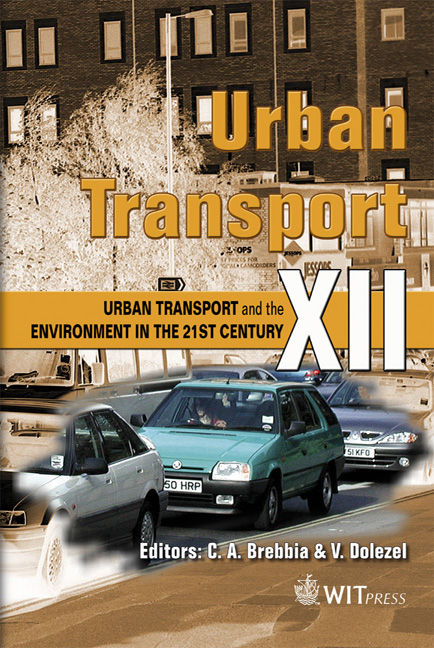Evaluating Emissions Implications Of Proposed Intelligent Transportation Systems Deployments: Canadian Experience
Price
Free (open access)
Transaction
Volume
89
Pages
10
Published
2006
Size
476 kb
Paper DOI
10.2495/UT060711
Copyright
WIT Press
Author(s)
I. Kaysi
Abstract
This paper proposes general guidelines for integrating environmental impact evaluation in future ITS deployment studies. These guidelines are intended to assist parties undertaking future studies of ITS deployment plans to build environmental impact measures in their studies. The guidelines identify the kinds of analyses, operational indicators and proxies, and direct environmental measures (pre- and post-deployment) that would be recommended in the context of prototypical ITS deployments. Keywords: emissions, Intelligent Transportation Systems, incident management, traveller information systems. 1 Overview The transportation sector, being a major source of air pollution, can play a very important role in improving air quality. The challenge lies in improving air quality without adversely affecting the mobility of the nation. In this context, it is important to explore transportation options that may result in potential air quality benefits. Intelligent Transportation Systems (ITS) technologies and operational concepts are increasingly being considered an integral element for improving transportation system operations. For instance, Advanced Traffic Management Systems (ATMS) comprise strategies such as signal optimization and ramp metering, which are aimed at reducing recurrent congestion, and strategies like incident detection and rapid accident response, which are aimed at reducing nonrecurrent congestion. Recently, interest has also focused on investigating the emissions implications of various ITS deployments.
Keywords
emissions, Intelligent Transportation Systems, incident management, traveller information systems.





